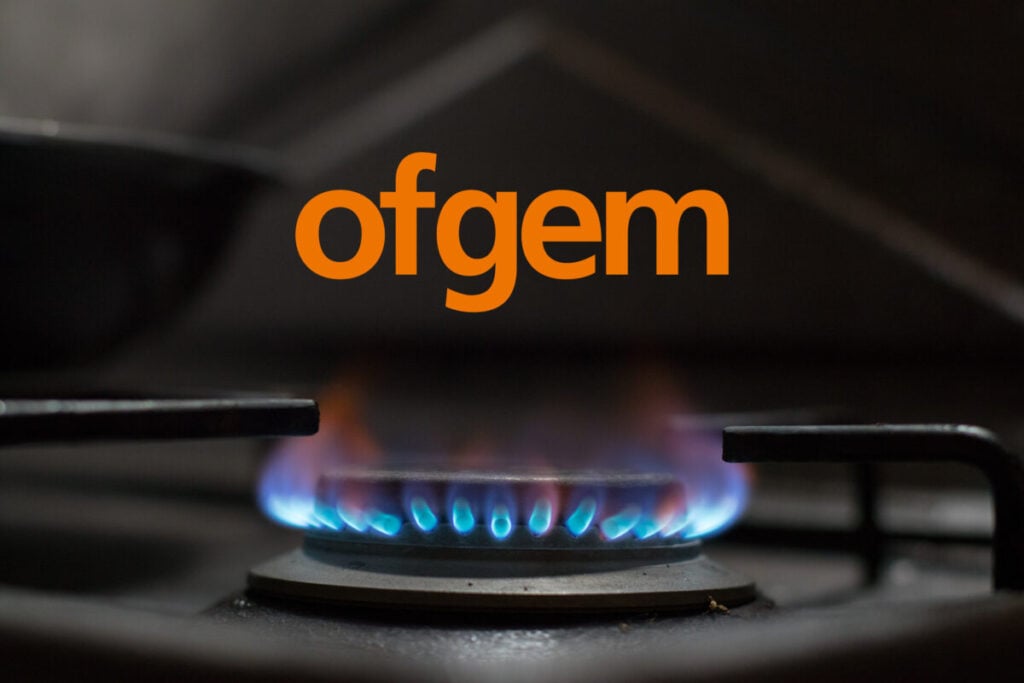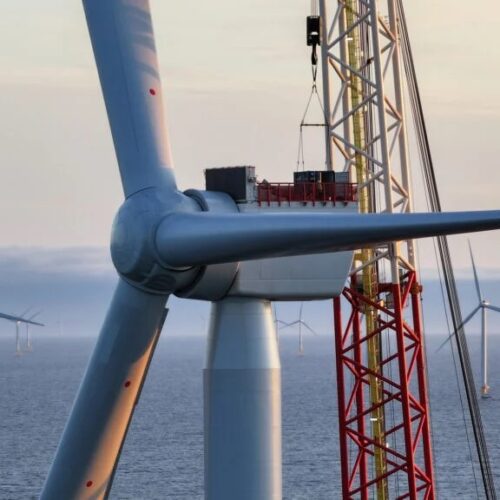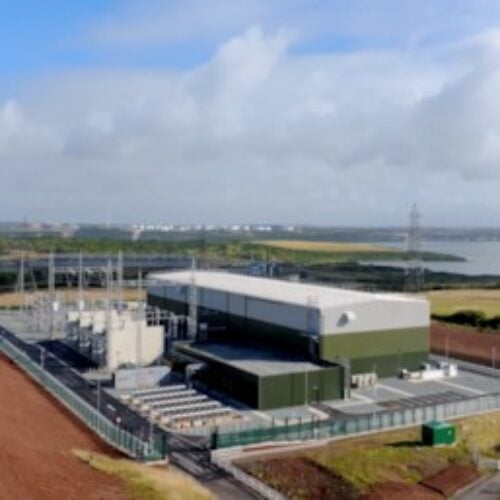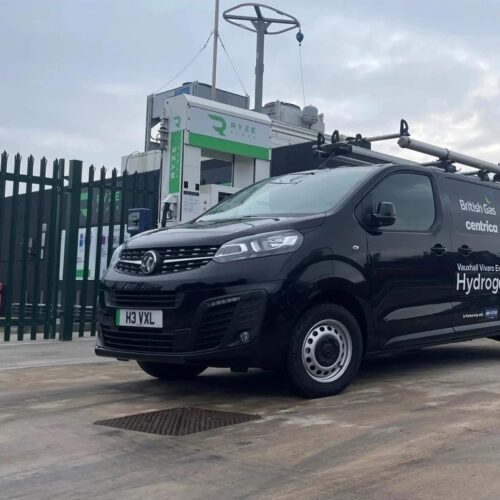The latest state of the market report from the UK’s energy regulator Ofgem has revealed a sharp rise in smart time-of-use tariffs over the past year.
The report, which summarises the retail energy market for domestic consumers, noted that the uptake of smart time-of-use tariffs has increased by 75% in the past year, which Ofgem attributes primarily to the rise in EV ownership driving demand for more cost-effective charging solutions.
While the market penetration of smart time-of-use tariffs still only sits at around 2.3% of the retail energy market, the 75% rise seen was driven almost entirely by EV-specific tariffs, which grew by 107% in the past year, compared to a 7% rise in other time of use smart tariffs. Around 62% of home EV chargepoints make use of an EV tariff.
The smart meter rollout
Moreover, the report notes that this rise in smart tariff usage could also be driven by the increasing use of smart meters, which promote awareness of energy costs at different times. According to the regulator, smart meters are currently present in 65% of homes and 61% of businesses; around 90% of installed smart meters are currently operating in smart mode, something that Ofgem states it is undertaking compliance action with suppliers to address.
While the smart meter rollout is continuing across the UK, it is slowing slightly; in the fourth quarter of 2024, large energy suppliers installed 670,000 domestic and 26,000 business smart and advanced meters, a 2% decrease from the third quarter of the year and a 19% drop from the same period in 2023.
The UK’s energy suppliers had varied success at meeting their targets for smart meter rollout, with large suppliers hitting, on average, 65% of their targeted smart meter numbers. E.On came the closest, reaching 89% of its targeted rollout, while OVO Energy performed worst, reaching only 51% of its target.
Satisfaction on the rise
Furthermore, the report reveals that domestic complaint volumes have decreased and now sit at their lowest level since 2022. Almost 81% of customers report being satisfied with their energy supplier, with an average of 74% of customers reporting being satisfied with their energy supplier’s customer service.
The levels of satisfaction among prepayment meter customers have been broadly in line with those of direct debit customers since July 2024 despite historically having lower rates of satisfaction.
The number of complaints received by suppliers varies significantly, with some of the larger suppliers receiving significantly higher rates of complaints than their smaller counterparts. Outfox received the fewest complaints, receiving only 0.01 complaints per 100 customer accounts, while OVO Energy received 1.8 complaints per 100 customer accounts, double the industry average of 0.9.
However, some of those who received the most complaints were the fastest to resolve them, with Ovo Energy resolving 73% of its complaints by the end of the next working day.
Record levels of debt
Customer debt and arrears have been on the rise, as has been previously reported by Current±. The number of customers in debt or arrears rose by 5%, from 3.2 million to 3.4 million over the past year, and the average debt per customer rose by 18%. Total debt and arrears reached a record high of £3.85 billion in the fourth quarter of 2024.
The current energy price cap has been rising since September of last year, rising to £1,849 for direct debit customers for the April to June period. Much of this cap rise has been caused by higher wholesale costs, primarily due to geopolitical tensions in Russia and the Middle East.
Ofgem CEO Jonathan Brearly, said the data revealed that the UK is at “a pivotal point” in the energy transition. He added that the UK’s exposure to international gas prices leaves the nation in “a difficult place […] which means we operate in a challenging international and domestic environment”.
Brearly stated: “The economics of renewables and the need to get away from gas setting the price, to provide cost effective and secure energy have never been more aligned. We need to drive the energy transition as quickly as possible and make sure, along the way, we support those households and businesses worst affected.”






